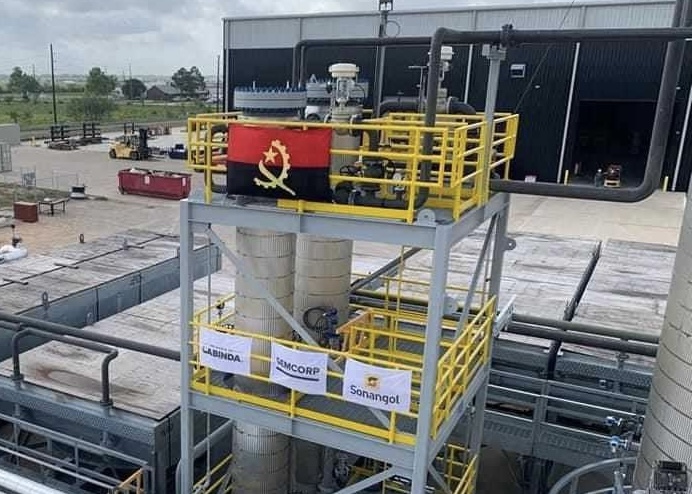KEY POINTS
- Angola’s Cabinda refinery is set to begin operations in April 2025, enhancing the nation’s energy independence and reducing reliance on fuel imports.
- Led by Gemcorp CEO Atanas Bostandjiev, the project aims to refine local crude, initially operating at 30,000 bpd to meet 5%-10% of fuel needs.
- The refinery’s first phase attracted $500 million to $550 million in investment, surpassing initial estimates due to pandemic-related challenges.
Angola is on the brink of a significant leap toward energy independence with the upcoming launch of the Cabinda refinery, scheduled to begin operations in April 2025. This facility will play a crucial role in reducing the nation’s reliance on fuel imports and bolstering its domestic energy capabilities.
The project, spearheaded by Gemcorp CEO Atanas Bostandjiev, is designed to process local crude oil with an initial production capacity of 30,000 barrels per day (bpd), which is projected to satisfy approximately 5 to 10 percent of the country’s fuel needs. This strategic initiative aligns with Angola’s goal .
Angola refinery secures $550 million investment boost
In an exclusive interview with Reuters, Bostandjiev provided insights into the refinery’s plans to utilize Angolan Cabinda crude sourced from state-owned Sonangol. He underscored the project’s significance, noting that the first phase has attracted investments ranging between $500 million and $550 million, surpassing initial estimates due to pandemic-related challenges and inflationary pressures.
After the initial launch, we will roll out a second phase of the project in 18 to 24 months, which will increase processing capacity to 60,000 bpd and add a hydrocracking unit for diesel and jet fuel production. Angola seeks to eliminate fuel subsidies and decrease its import dependence, making this expansion vital.
Investment and infrastructure developments
The refinery’s first phase will showcase state-of-the-art infrastructure, featuring a Crude Distillation Unit (CDU), a desalinator, and a kerosene treating unit. Additionally, the project will include a 1.2-million-barrel storage terminal and essential pipelines to support operations.
Chief Executive Marcelo Hofke confirmed to Reuters in July that the project remains on schedule for a timely launch, originally slated for completion by the end of 2024, with plans to ramp up production to 30,000 barrels per day by July 2025.
Economic Context and Import Dependence
As Africa’s second-largest oil producer, Angola faces challenges akin to those of Nigeria, particularly its heavy reliance on fuel imports for economic stability. Data from the Observatory of Economic Complexity (OEC) shows that Angola imported $2.16 billion worth of refined petroleum in 2022, ranking it as the 84th largest importer globally.
Bostandjiev emphasized the inefficiencies in the current system, stating, “Angola currently exports 98% of its crude and imports almost 100% of its refined products from Europe, illustrating how inefficient this whole system is.” He explained that the refinery will initially export fuel and naphtha—products that local facilities cannot process—while supplying essential products like diesel and jet fuel to the domestic market.
The Cabinda refinery represents a transformative venture for Angola, promising to boost the country’s energy independence and streamline its fuel supply chain.



